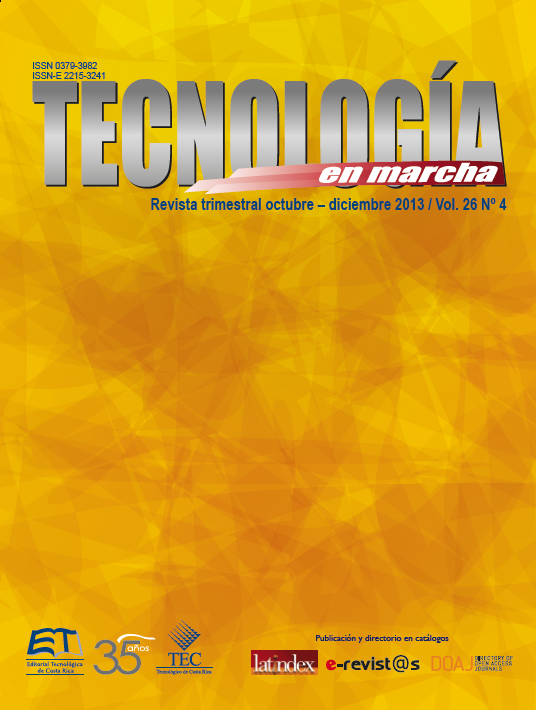EMC Practices focused in the mitigation of Lightning Electromagnetic Pulse (LEMP): Earthing and bonding approach of the IEC 62305
Main Article Content
Abstract
This paper presents the results obtained during the parameter identification of electromagnetic compatibility in lightning protection systems. It sets out a number of good engineering practices, aimed at mitigation of disturbances, transient type, created by an electromagnetic pulse, generated during the grounding of lightning. These disturbances are often reflected as overvoltage and / or overcurrent radiated and conducted or also called surges, the latter a strong impact on the operation of end use electrical installations by bringing significant cost stops the processes associated with the installation and equipment within the same. The recommendations raised here focus on the issues related to grounding systems described in the standard (IEC 62305-4, 2010), which describes the equipotential network (bonding network) and system ground terminals (earth-terminal system) as basic components of the system grounding (earthing). These practices or recommendations are aimed at start-up, during the design stage of the system, thereby linking the specialties of architecture, civil engineering and electrical engineering, as most should be implemented during the next stage of design, as is the construction of the installation. Finally, this paper describes the basic configurations of equipotential network reviewing the main features, advantages and main components, in turn addresses key system configurations ground terminals and its advantages over electromagnetic interference mitigation.
Article Details
Los autores conservan los derechos de autor y ceden a la revista el derecho de la primera publicación y pueda editarlo, reproducirlo, distribuirlo, exhibirlo y comunicarlo en el país y en el extranjero mediante medios impresos y electrónicos. Asimismo, asumen el compromiso sobre cualquier litigio o reclamación relacionada con derechos de propiedad intelectual, exonerando de responsabilidad a la Editorial Tecnológica de Costa Rica. Además, se establece que los autores pueden realizar otros acuerdos contractuales independientes y adicionales para la distribución no exclusiva de la versión del artículo publicado en esta revista (p. ej., incluirlo en un repositorio institucional o publicarlo en un libro) siempre que indiquen claramente que el trabajo se publicó por primera vez en esta revista.

